MILWAUKEE – If you feel like there are fewer workers to be found these days, rest assured, you are correct.
A decrease in the rate of births, declining since the 1970s, coupled with decreasing labor market participation, more job openings, a shortfall of immigrants and a surge of retirements, is creating a workforce problem that is hard to ignore.
Although we continue to experience the challenge, many of us still cling to the flawed idea that continuing to do what we’ve always done will somehow, some way, finally yield positive results. So, for those of you who need a bit more convincing, let’s take a look at the data, create some urgency around why you need to make some changes and then talk about potential new and effective approaches to recruiting.
THE NUMBERS DON’T LIE
The labor force participation rate is only a measure of currently employed individuals and people actively seeking work (unemployed). If you’re sitting on the sidelines, as an estimated 40% of our total population is right now, and you’ve chosen not to work or have just given up looking for a job, you are no longer being counted as unemployed. So, what are the most common reasons people are on the sidelines? The major ones are as follows: retirement, school, family caretaking and being unable to work.
EMPLOYMENT OPPORTUNITIES ARE PLENTIFUL
The job market is currently booming, with millions more jobs available than there were prior to COVID-19. As I write this, there are just over 10 million job openings (an increase of 3 million jobs from February of 2020). This chart shows the ever-growing number of jobs available across all industry sectors.
The takeaways here should be evident. Your opening is not only competing with others in your industry, but also with all the interests, skills and talents one person has that overlap with every open position. There are many more opportunities to change career paths and just try something new. According to the U.S. Bureau of Labor Statistics, the average term workers stay with their respective job is four years. However, for those younger than 35, that average drops to 2.8 years.
IMMIGRATION MAY NOT BE A LONG-TERM SOLUTION
Many companies are looking to immigration to help offset their labor challenges. It is a hedged bet, however, and one that may help only in the short run. Consider the fact that net international migration is decreasing.
Birth rates in many of countries we get immigrant workers from are slowing, and unemployment is low. The onset of COVID-19 and advancement of restrictive immigration policies resulted in a sudden drop in our immigration numbers. At the beginning of 2022, we were running 2 million immigrants short of the trend taking place prior to 2019, the restaffing of immigration offices has allowed us to make up much of the lost ground. However, the past two years has shown the fragility of planning on immigration to close workforce gaps.
RETIREMENTS CAN’T BE OVERLOOKED
The other workforce pressure we find ourselves experiencing is the growing retirement rates. Quite simply, it is something many of us knew was coming. However, it is also something for which many of us have not adequately prepared.
The combined forces of fewer people, more jobs, uncertain immigration and a high level of retirements created a perfect environment for changing how we look at recruiting. After all, as we have learned, doing what we have always done is not even getting us what we use to get.
RECRUITMENT EFFORTS MUST CHANGE
Let’s approach recruitment with two ideas in mind: who’s available and willing to work, and of that group, who’s not represented in our workforce. This can be easily done by segmenting the workforce into population pools and determining the availability of each of the population pools. If you recruit from the mainstream pools you always use, you recruit from the pool with maximum competition.
Here’s how these talent pools might be broken down along correlating unemployment rates:
- Mainstream adults
- Unemployed (3.7%)
- Underemployed* (4.5-7.1%)
- Unhappily employed
- Veterans (2.7%)
- Minorities (2.9% Hispanics / 5.9% Blacks)
- Women (3.3%)* This isn’t accurate, as many women who left the workforce in 2020 have not returned and are no longer counted in this figure.
- Second chance (30%+)
- Youth (8.2% /teenagers – 24 years)
- Retired
- Unengaged on the sidelines – flexibility makes it easier to engage
- Updated September 2022
When reviewing the talent pools, a few things should be considered:
The largest most under-utilized talent pool with the highest rate of unemployment is the second-chance or ex-offender talent pool. Many correctional facilities have skills training programs that fit manufacturing needs. Approximately 650,000 second-chance citizens return to their communities annually. The chance of being a repeat offender drops significantly a person has a living-wage job. If you have not engaged with this audience before, now is the time. The chances are good that you have neighboring businesses that are hiring from this talent pool. Ask around. These employees are some of the most loyal you can find.
Manufacturing needs to draw from the minority talent pool. Let’s stop considering diversity optional and start finding creative ways to market to minority population pools. Think about where you’re placing your ads, what your wording implies about your company culture, and ways that you can invite this talent pool in and make them feel welcome. Doing what you have always done has not accomplished this as an industry. Be intentional and start small if you’re overwhelmed by the prospect of making changes in this area.
Veterans are a fantastic talent pool to connect with, as there are nearly a quarter million service members leaving their branches annually. About a third of veterans are looking to return home and a third are staying near their last base, which leaves a third looking for their next location and opportunity. Invite them to join your team.
Women have historically been missing from manufacturing. As an industry, we need to find more effective ways to invite half the population into our workforce conversation. And to me, there are two things to be aware of when recruiting this talent pool. First, be aware of your language. Run your posting through this site, which will help you understand if you are over-masculinizing your postings. Second, although the unemployment rate looks low for women, data suggests that 1.1 million women haven’t returned to the job market after leaving in 2020. Job flexibility is key when finding ways to attract this population.
Being intentional about posting positions marketing to different talent pools is key to refreshing your old recruitment routine. Just like we market differently to different audiences, we can no longer rely on just posting in the same locations in the same ways. Think about who’s missing from your workforce. Then ask yourself how you can build out your team, benefit from diversity of thought and invite other talent pools to connect with you by implementing some well-conceived strategies and tactics.
About the Association of Equipment Manufacturers (AEM)
AEM is the North America-based international trade group representing off-road equipment manufacturers and suppliers with more than 1,000 companies and more than 200 product lines in the agriculture and construction-related industry sectors worldwide. The equipment manufacturing industry in the United States supports 2.8 million jobs and contributes roughly $288 billion to the economy every year.


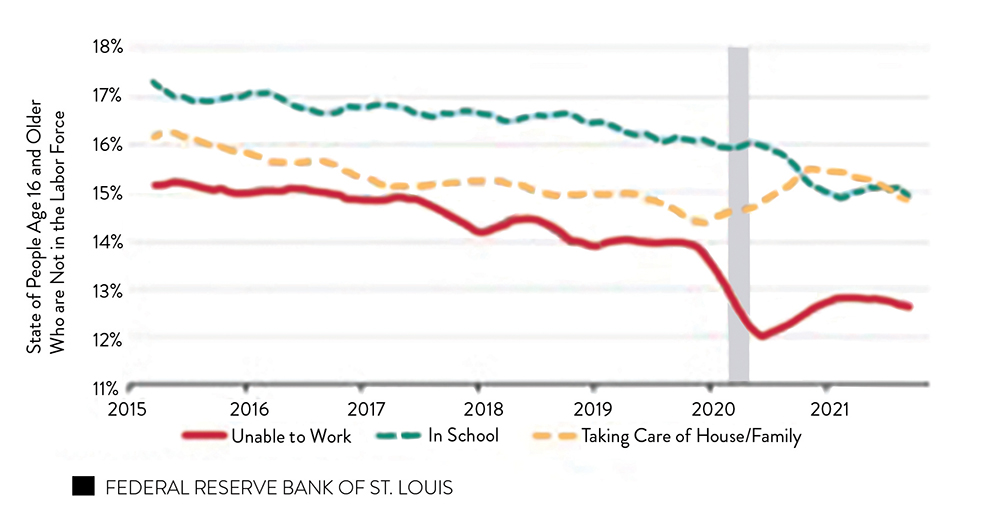
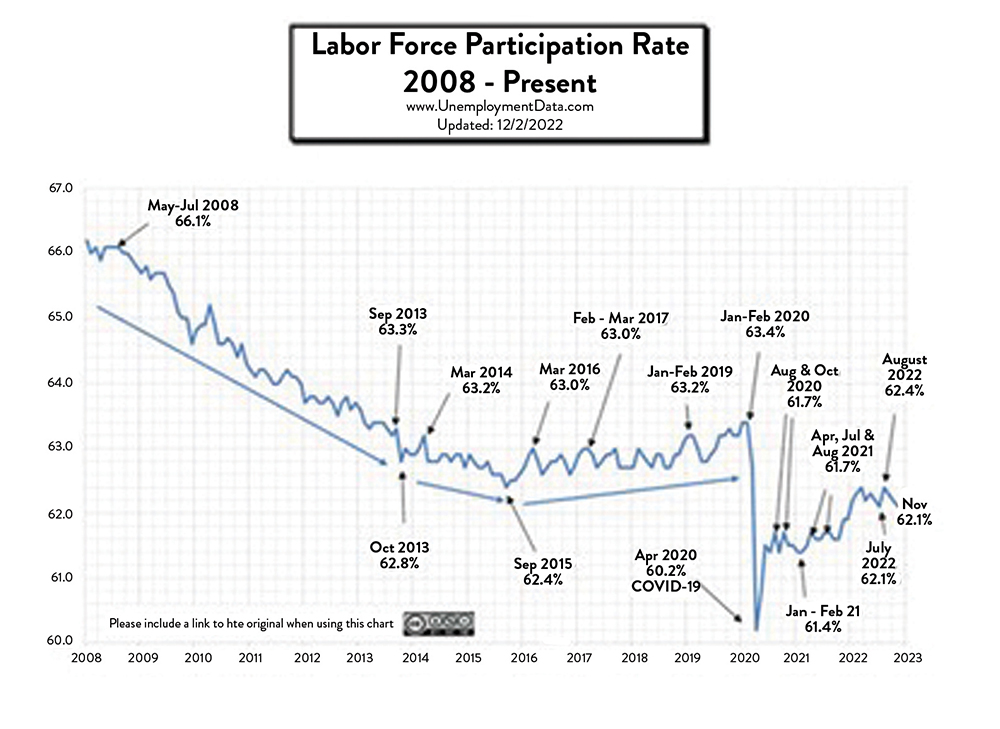
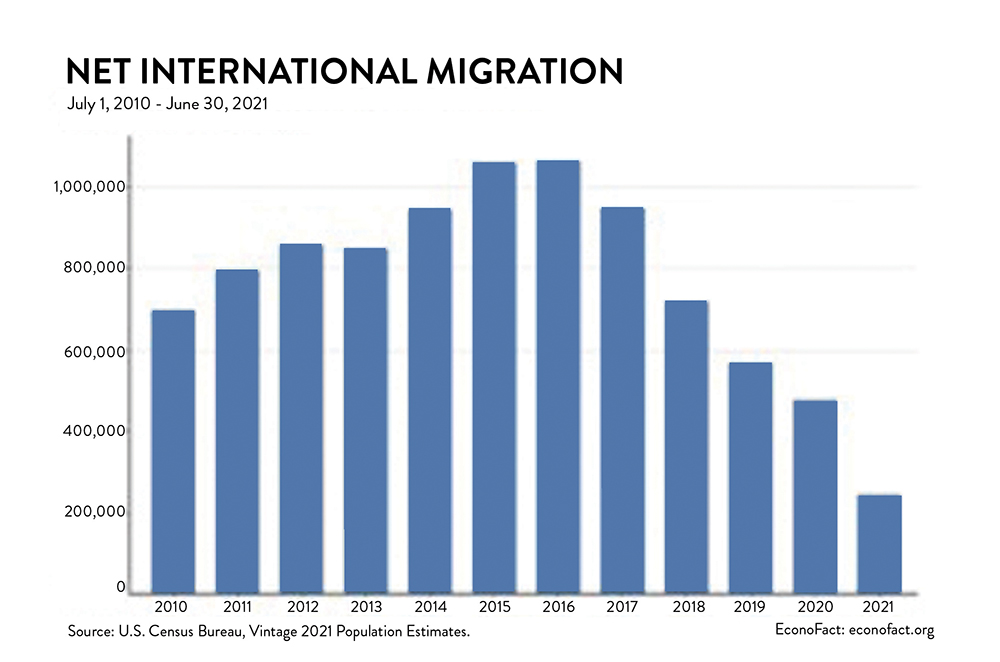
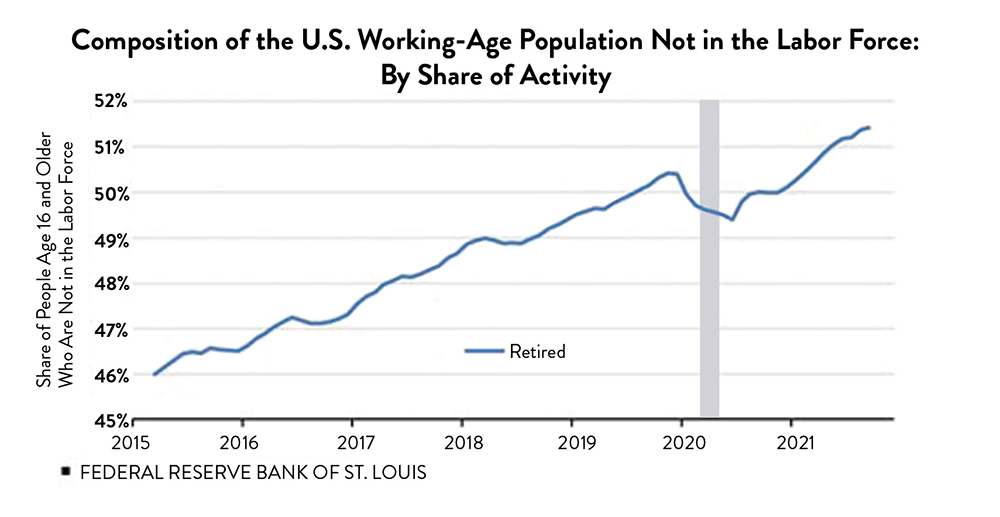








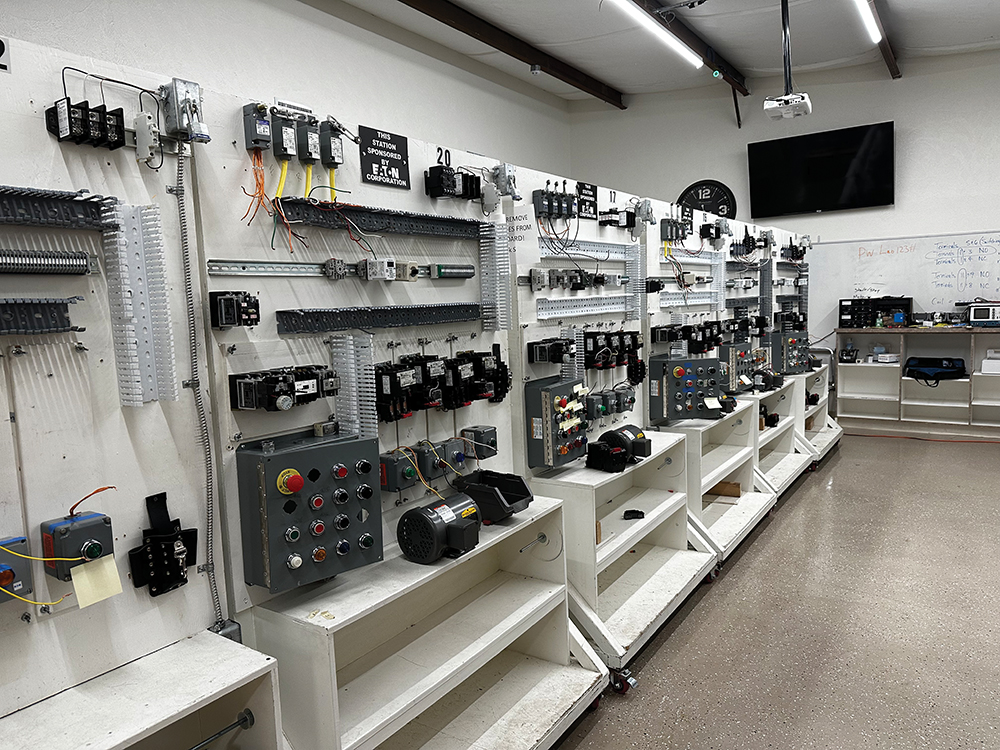
Find Us on Socials